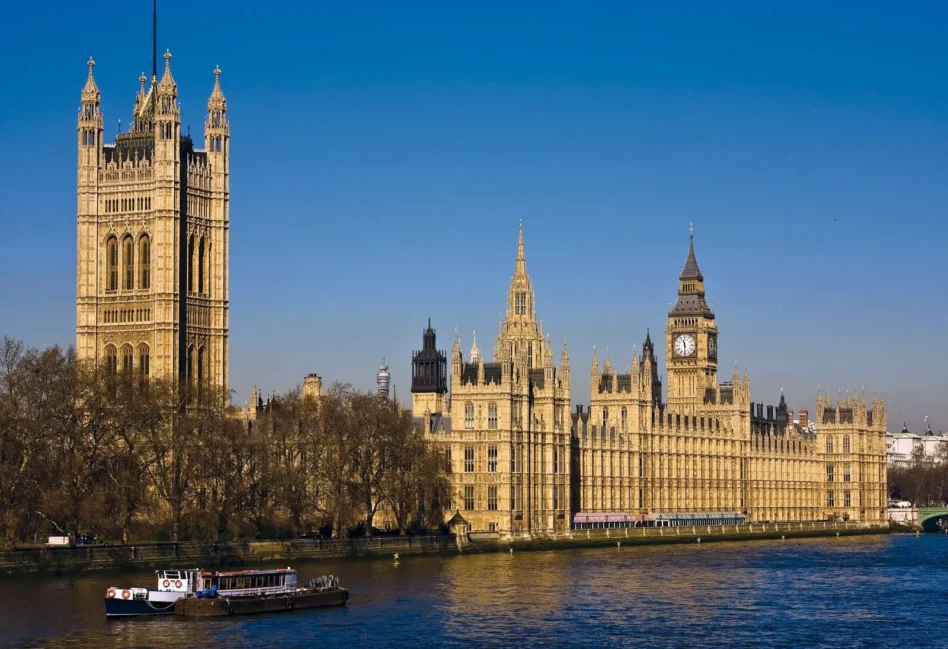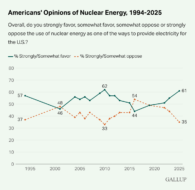The US and its new DOGE office aren’t the only ones slashing government programs in the name of efficiency and productivity. The UK has taken up the gauntlet, too.
UK Prime Minister Keir Starmer has taken aim at the rules and regs governing the nuclear industry at home—namely, those restricting nuclear energy development to a closed set of eight sites around the country.
“Our energy security has been hostage to Putin for too long, with British prices skyrocketing at his whims,” Starmer said in a release. “I’m putting an end to it—changing the rules to back the builders of this nation, and saying no to the blockers who have strangled our chances of cheaper energy, growth and jobs for far too long.”
Slow growing: Unlike efforts in places like China, India, and Turkey to rapidly expand nuclear fleets and dramatically increase capacity, the UK’s efforts have been more in line with the US over the past few decades—which is to say, not very strong.
- The last time the UK opened a new nuclear plant was in 1995 with the Sizewell B opening.
- These days, there’s one new UK plant under construction at Hinkley Point C.
- Site preparation has also begun for a second new build, Sizewell C, which has secured significant funding from the UK government.
Nuclear accounts for ~15% of UK power generation, down from closer to 25% in the ’90s. The fleet is also aging, with several decommissionings planned this decade if licenses are not renewed—including three reactors, Heysham 1 and two at Hartlepool, scheduled to come offline by mid-2026.
Time to get going: Since taking office in July 2024, Labour leader Starmer has been plotting to kick-start economic growth in the UK. Greater energy independence plays into that goal under the administration’s Plan for Change.
As part of that plan, Starmer and his team want to extend nuclear development beyond the eight sites currently allowed, including opening up all of England and Wales to opportunities.
Also on the list of amendments:
- Include SMRs and microreactors in planning rules to open up investment opportunities.
- Remove expiration timelines for nuclear planning rules.
- Set up a nuclear regulatory task force that reports to the PM and suggests simplifying regulatory pathways to new nuclear.
“Opening up new siting opportunities for a fleet of advanced reactors will help unlock tens of billions of pounds of investment and growth across the country, bringing clean secure electricity and heat for industry,” said Alistair Black, UK senior director at SMR company X-energy (which already has a major US deal with Amazon).
+ While we’re here: Red tape is being cut across the US government now, and it’s only a matter of time before it reaches the regulatory bodies governing the growth of new nuclear. In this morning’s edition of our sister publication Tectonic, Erin O’Brien covered the legality of DOGE’s sweep through the federal system and its likely impact on defense. It’s worth the read (and the subscribe).
Lead Reporter of Ignition





